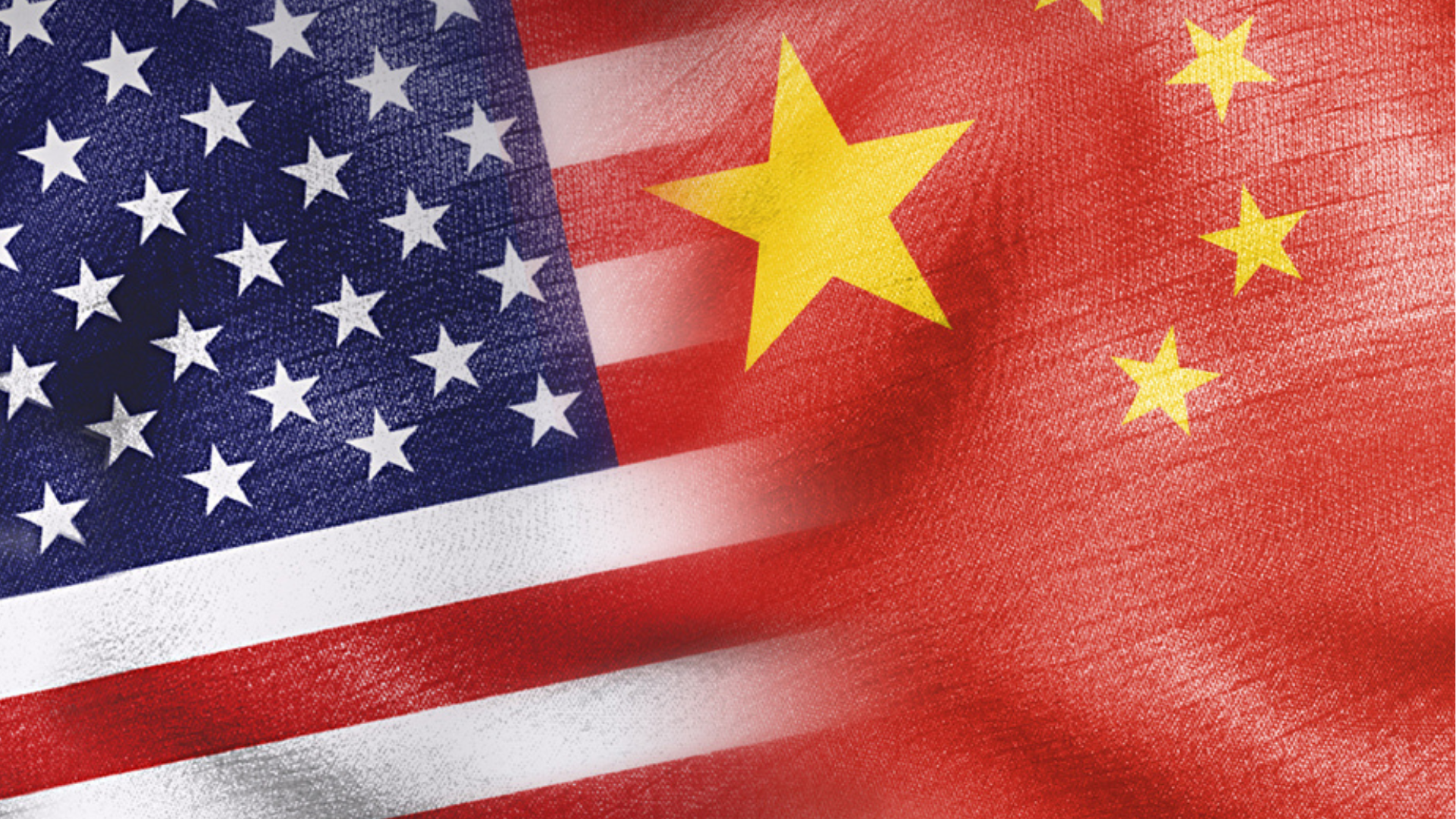Already a subscriber? Make sure to log into your account before viewing this content. You can access your account by hitting the “login” button on the top right corner. Still unable to see the content after signing in? Make sure your card on file is up-to-date.
China has pushed back on President Trump’s decision to impose an additional 10% tariff on Chinese imports.
Some shit you should know before you read: Shortly after taking office, President Trump said he was moving to impose a 10% tariff on Chinese imports, citing unfair trade practices, intellectual property theft, and China’s role in the fentanyl crisis. In response, China condemned the move and filed a complaint with the World Trade Organization. They also announced retaliatory tariffs on US goods and launched investigations into various businesses, including Google.

What’s going on now: Following Trump’s announcement that he would hit China with an additional 10% tariff, Chinese officials condemned the move as an act of “pressure and blackmail” that would only harm economic relations between the two nations. A spokesperson for the Ministry of Commerce warned that “pressuring, coercion, and threat is not the right way to deal with China.” They added, “Mutual respect is the basic prerequisite” for resolving trade disputes. Chinese officials also rejected Trump’s justification for the tariffs, arguing that the fentanyl issue was being used as an excuse to impose economic pressure.
The economic fallout in China was immediate, as Chinese stocks tanked following Trump’s tariff threat. This marked the biggest single-day decline since last fall.
This all comes as more tariffs targeting China are expected in April, with Trump vowing to impose reciprocal tariffs on any country that places tariffs on the US. This approach mirrors the tariff war between the US and China during Trump’s first term, which began in 2018 when the US imposed 25% tariffs on $50 billion worth of Chinese goods, citing unfair trade practices and intellectual property theft. China quickly responded with its own tariffs on American imports, including soybeans, automobiles, and agricultural products, hitting US farmers particularly hard. Ultimately, a deal was reached between China and over a year of trade disputes.






